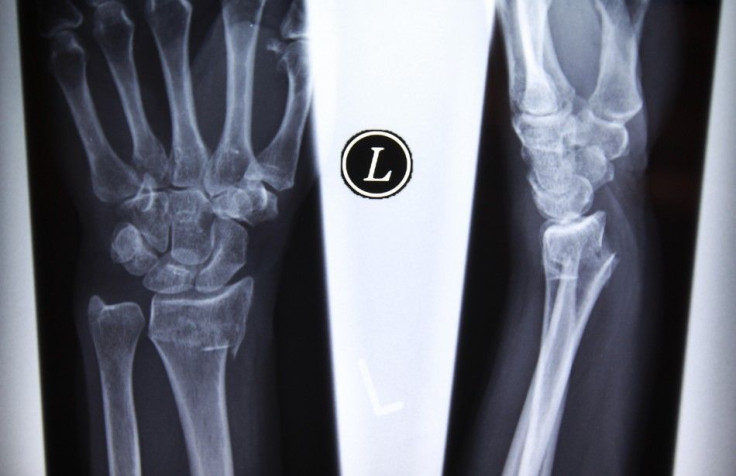Lab Grown Bones To Save Life

If sticks and stones break your bones then fear no more; scientists may be able to soon artificially grow human bones. Medical science has so far, come up with ingenious solutions to some of mankind's most terrifying diseases and maladies. Heart transplants and insertion of artificial valves in arteries, stem cell research, bionic limbs ... one can list an impressive number of technological and scientific advancements that have occurred in the past few decades. Artificial growth of human bones is another such fascinating advancement, that may soon be added in this impressive list of scientific achievements.
Bone grafting is an extremely complex and painful procedure. Injured patients often take longer to recover from bone grafting operations simply because they are required to heal from two procedures, instead of one operation; one surgery performed to harvest the bone fragments from the patient and the other procedure performed to fix the original injury sustained. Scientist Nina Tandon, CEO of the biotech firm called EpiBone, is of the opinion that the ability to successfully grow bones artificially, by using human cells, can save many lives and reduce the risk of additional pain for the patients.
Tandon explains that the procedure of artificially growing human bones is still in the testing stages but the results so far have been promising. The procedure involves acquiring a 3D scan of the patient's bone and replicating it by carving out a similar shape in decellularised bovine bone. Once this stage is complete, the patient's stem cells are extracted from fat tissue and combined with the carved out bone.
It is then placed in a machine called a bioreactor, which is a machine, specifically built to aid in tissue growth outside of the human body. It is within the bioreactor that the process of tissue growth occurs and after an incubation period of three weeks, voila! The bone is ready for any further implantation procedures. What more, the procedure ensures that, there will be no reason to fear the bones being immunologically rejected.
Tandon hopes that the procedure will be ready for human application very soon and is currently working together with the US Food and Drug Administration (FDA), on conducting human clinical trials. The technology offers hope that revolutionary concepts like this would pave the way for a future where many such similar theories are realised.




















